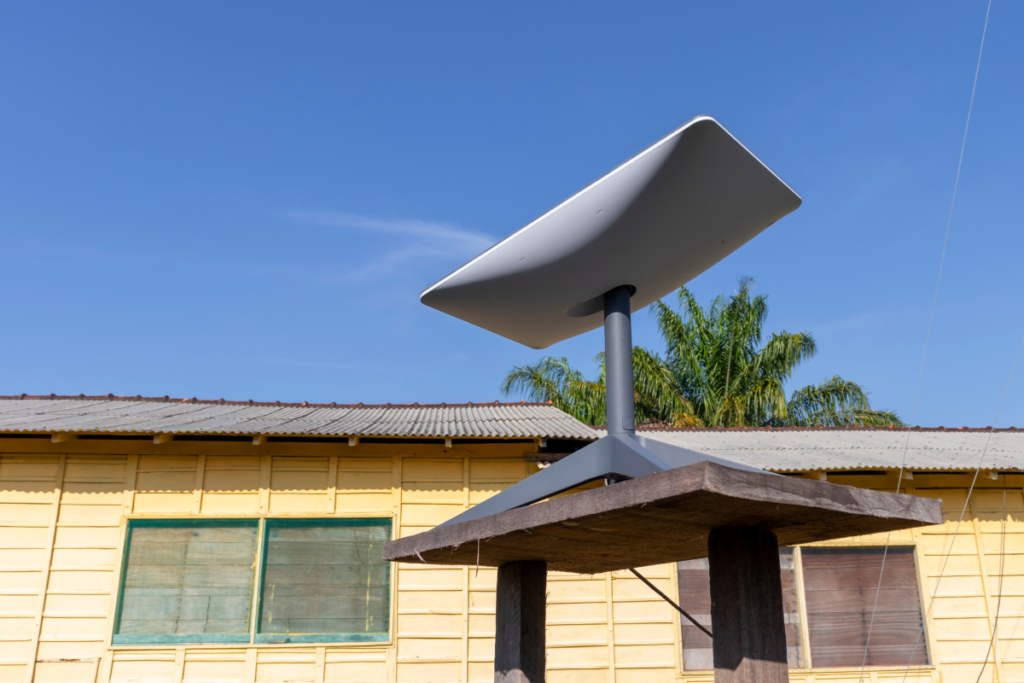Tech Roundup: The Rise of Starlink in Brazil
Introduction to Starlink in Brazil
The rapidly evolving landscape of technology and innovation in Brazil has experienced a significant development with the rise of Starlink, Elon Musk’s satellite internet venture. Last week, Brazil’s telecommunications regulator, Anatel, initiated a public consultation to deliberate the potential expansion of Starlink’s satellite constellation by an additional 7,500 satellites. This move builds upon the current authorization, which encompasses 4,408 satellites operating through 2027.
Regulatory Moves and Expansion Plans
Starlink’s journey in Brazil mirrors its global ambitions. In 2022, Anatel granted the company permission to deploy its initial constellation of 4,408 satellites. The recent request aims to introduce the second generation of Starlink’s low-orbit satellites, enhancing service reach and quality. On a parallel track, Starlink sought to activate a total of 29,988 satellites in the United States through a request to the Federal Communications Commission (FCC). However, the FCC has so far only sanctioned 7,500 satellites to operate at altitudes of 525 km to 535 km.
Market Leadership and Importance of Scaling Up
Why does this expansion matter? According to data from Anatel up to May, provided by the consultancy Teleco, Starlink has emerged as the leader in Brazil’s satellite broadband market, capturing nearly 44 percent of the market share. The ability to scale up its satellite network is crucial for maintaining this leadership, enhancing service quality, and meeting the growing demand for reliable internet in Brazil.
Technical Superiority of Starlink’s Satellite Network
The distinct advantage of Starlink lies in its innovative approach to satellite internet. Traditional services, like those offered by Hughesnet, Viasat, and Telebras—Starlink’s primary competitors in Brazil—rely on single geostationary satellites orbiting at 35,786 kilometers above Earth. These high-orbit satellites suffer from significant latency issues, which degrade the quality of activities such as streaming and video calls.
In contrast, Starlink employs a constellation of thousands of low-earth orbit satellites, orbiting below 600 km. This proximity to Earth allows Starlink to deliver internet data more efficiently, significantly reducing latency, and thus providing a higher quality internet experience. Eduardo Tude, CEO of Teleco, underscores this point, emphasizing how Starlink’s system beams internet data via radio to deliver superior performance.
Looking Forward: Opportunities and Challenges
While the rise of Starlink offers exciting opportunities for enhanced internet connectivity across Brazil, it also invites scrutiny and debate. The public consultation by Anatel represents a critical step in assessing the broader implications of Starlink’s expansion. Questions regarding regulatory compliance, competition, and the environmental impact of launching thousands of satellites will need to be addressed.
Furthermore, the unprecedented scale of Starlink’s low-orbit satellite network poses unique challenges. Ensuring operational efficiency, managing potential space congestion, and navigating the complex regulatory landscape across different countries are just some of the hurdles that lie ahead.
Conclusion
As Brazil and Latin America continue to evolve in the realm of technology and innovation, the rise of Starlink marks a significant milestone. The ongoing developments invite both optimism and caution as stakeholders navigate the complexities of integrating cutting-edge satellite technology into existing frameworks. With Anatel’s public consultation underway, the future of satellite broadband in Brazil looks set for transformative change, driven by the ambitious vision of Starlink.
For more information about Starlink’s services, visit their official website.
Stay tuned for more updates in our Tech Roundup as we continue to bring you the latest news and insights from the world of technology and innovation in Brazil and Latin America.
